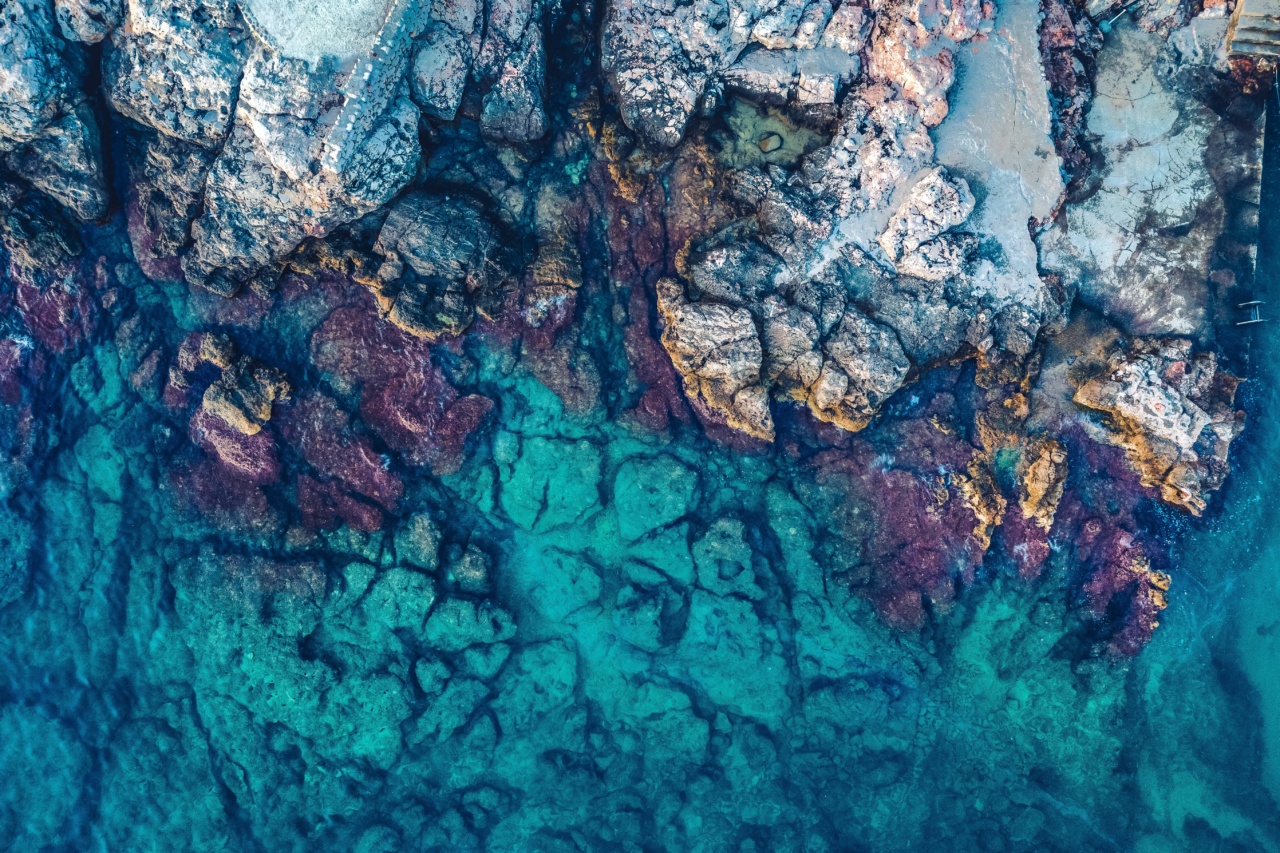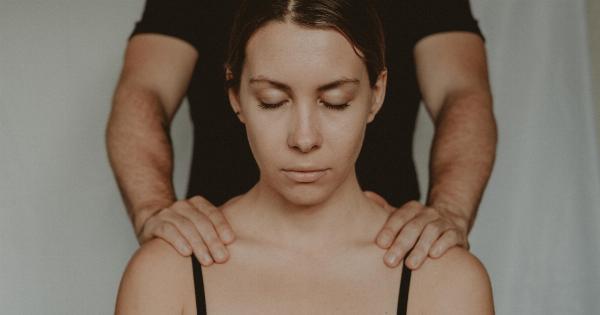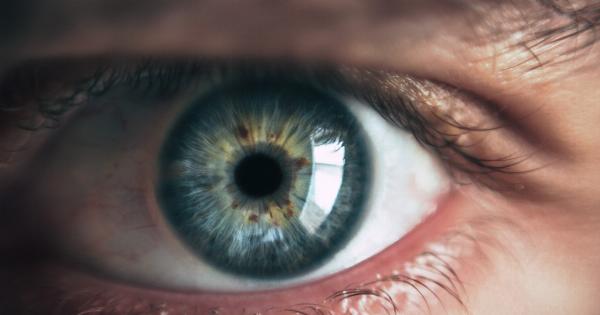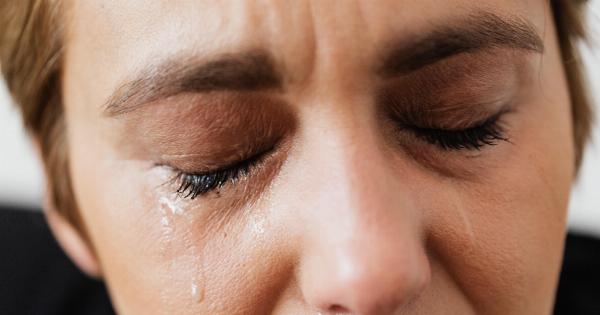High eye pressure, also known as ocular hypertension, is a condition where the pressure inside the eye is elevated above the normal range, without any signs or symptoms of glaucoma.
It is a very common condition, and many people who have it are not even aware of it, until it gets severe.
Causes of High Eye Pressure
The eye produces a clear fluid called aqueous humor that circulates within the eye and maintains the pressure of the eye. Normally, there is a balance between the production and drainage of this fluid, which keeps the eye pressure within a normal range.
However, in some cases, this balance is disrupted, resulting in elevated eye pressure. Some of the causes of high eye pressure include:.
- Genetic factors
- Ageing
- Obesity
- Diabetes
- Injury to the eye
- Prolonged use of steroid medication
Signs and Symptoms of High Eye Pressure
As mentioned earlier, most people with high eye pressure do not experience any signs or symptoms. However, in some cases, it may cause certain symptoms such as:.
- Blurred vision
- Difficulty in focusing
- Mild headaches
- Redness in the eyes
- Mild eye pain
These symptoms may occur only when the eye pressure is very high. Therefore, regular eye checkups are important, particularly for people above 40 years of age, to detect any changes in the eye pressure.
Risk Factors for High Eye Pressure
Some people are at a higher risk of developing high eye pressure than others. These include:.
- Elderly individuals
- Individuals with a family history of glaucoma
- Individuals with diabetes, high blood pressure, or heart disease
- Individuals who have had eye injuries or surgeries
- Individuals who are extremely nearsighted
Diagnosis and Treatment of High Eye Pressure
The diagnosis of high eye pressure is usually made during a routine eye exam by an eye doctor. The eye pressure is measured using a device called a tonometer.
If high eye pressure is detected, the eye doctor may recommend further tests to rule out glaucoma, such as a visual field test, an optic nerve exam, or a pachymetry test to measure corneal thickness.
The treatment for high eye pressure depends on the severity of the condition.
In most cases, if the eye pressure is only slightly elevated, the eye doctor may recommend regular monitoring of the condition, along with lifestyle modifications such as weight loss, regular exercise, and a healthy diet.
In more severe cases, medication may be prescribed to reduce the eye pressure. These medications can be in the form of eye drops or oral medication.
In some cases, laser surgery or conventional surgery may be recommended to restore the balance between the production and drainage of the aqueous humor.
Prevention of High Eye Pressure
As the saying goes, prevention is always better than cure. Here are some tips to prevent or reduce the risk of developing high eye pressure:.
- Get regular eye exams if you are over 40 years of age or have a family history of glaucoma.
- Eat a healthy diet
- Avoid smoking
- Exercise regularly
- Maintain a healthy weight
- Avoid prolonged use of steroid medications
When to Seek Medical Attention
It is important to seek medical attention immediately if you experience any sudden onset of eye pain, blurred vision, or loss of vision, as these may be signs of a medical emergency.
Conclusion
High eye pressure is a common condition that can lead to irreversible damage to the eyes if left untreated. Regular eye checkups and early detection can help prevent its progression and reduce the risk of developing glaucoma.
If you are diagnosed with high eye pressure, it is important to follow your doctor’s advice and treatment plan to prevent any further damage to the eyes.




























